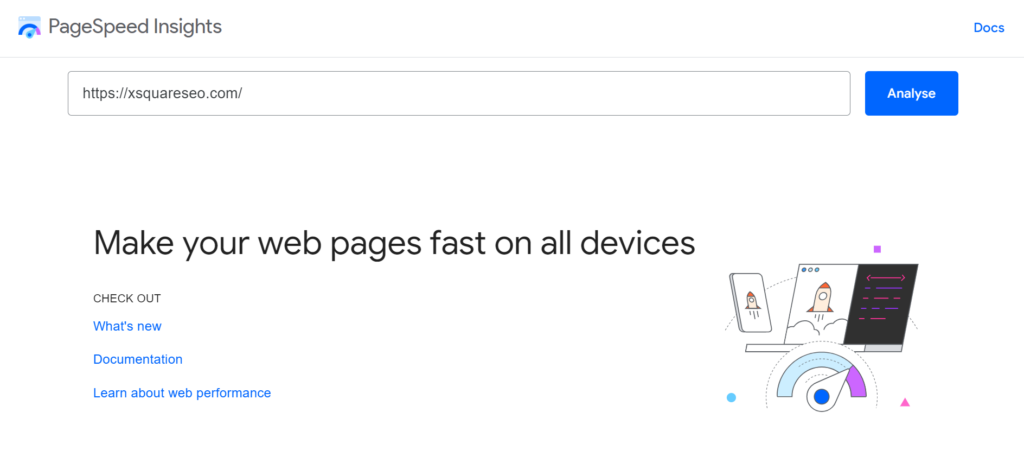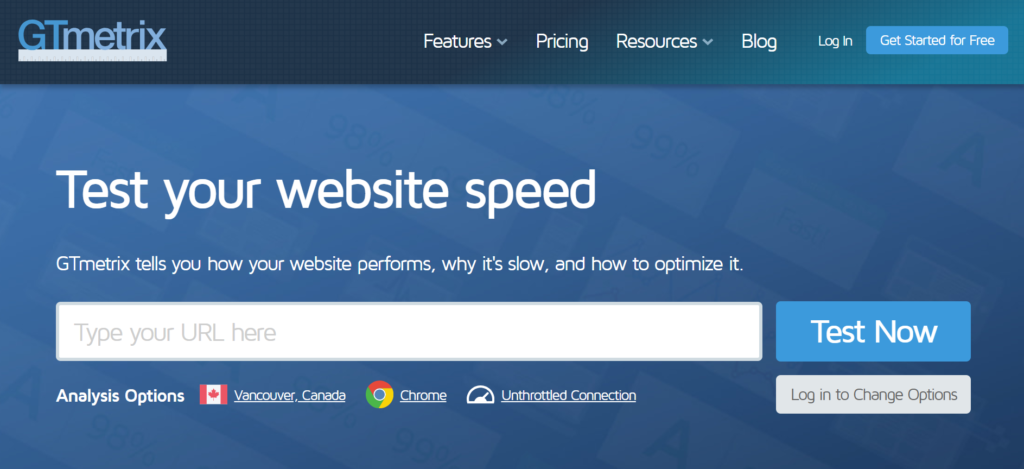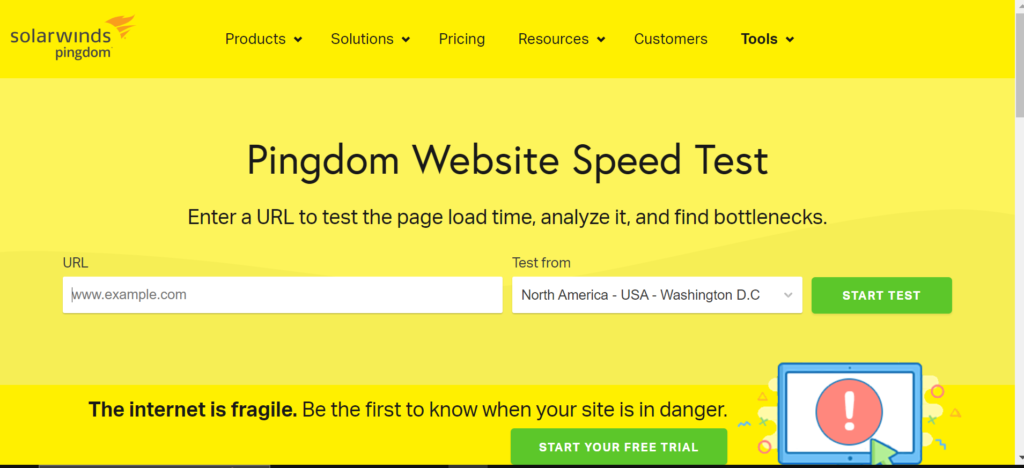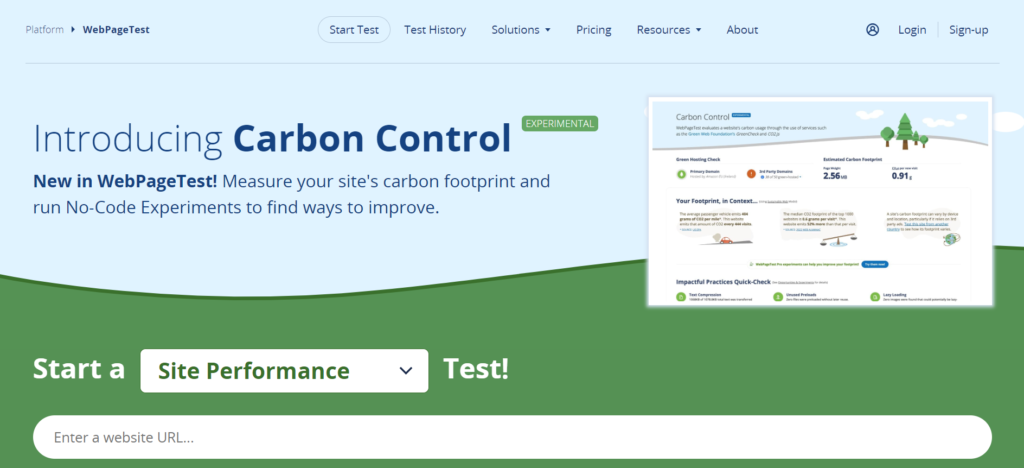Introduction
In today’s digital age, website performance is crucial.
A fast-loading website not only enhances user experience but also boosts your search engine rankings.
This blog post will dive deep into page speed insights, explaining what page speed is, why it matters, and how to analyze and improve it effectively.
What is Page Speed?
Page speed refers to the amount of time it takes for a web page to load fully.

It encompasses several factors, including server response time, file size, and the efficiency of code.
Page speed can be measured in various ways, such as the time to the first byte (TTFB) or fully loaded time.
Why Page Speed Matters for SEO and User Experience
Page speed is critical for both SEO and user experience for several reasons:
User Experience:
Slow-loading pages can frustrate users, leading to higher bounce rates and lower engagement.
SEO Rankings:
Search engines like Google consider page speed as a ranking factor.
Faster websites tend to rank higher in search results.
Conversion Rates:
Faster websites have higher conversion rates.
Users are more likely to complete actions such as making a purchase or filling out a form on a fast-loading site.
Mobile Users:
With the increase in mobile internet usage, page speed becomes even more important as mobile users often have slower connections.
How to Measure Page Speed
To measure page speed, various tools can be used:
Google PageSpeed Insights:

This tool provides detailed insights into the performance of a web page on both mobile and desktop devices.
GTmetrix:

Offers comprehensive analysis, including page load time, total page size, and the number of requests.
Pingdom:

Provides performance grades, load times, and recommendations for improvement.
WebPageTest:

Allows for advanced testing, including multiple test locations and browsers.
These tools provide valuable data that can be used to pinpoint performance issues and track improvements over time.
Key Metrics for Page Speed
Understanding key metrics is essential for analyzing page speed effectively:
First Contentful Paint (FCP):
Time when the first text or image is painted.
Largest Contentful Paint (LCP):
Time when the largest text or image is painted.
First Input Delay (FID):
Time from when a user first interacts with your site to the time when the browser is actually able to respond.
Cumulative Layout Shift (CLS):
Measures visual stability; a low score indicates that the page elements are not shifting unexpectedly during load.
Time to Interactive (TTI):
Time taken for the page to become fully interactive.
Each of these metrics provides insight into different aspects of page speed and user experience.
Using Google PageSpeed Insights
Google PageSpeed Insights is a powerful tool for analyzing page speed.
Here’s how to use it:
Enter URL:
Go to the PageSpeed Insights website and enter the URL of the page you want to analyze.
Analyze:
Click the “Analyze” button.
The tool will evaluate your page and provide a score out of 100 for both mobile and desktop performance.
Review Results:
Examine the detailed results, which include scores for various metrics such as FCP, LCP, FID, and CLS.
Implement Recommendations:
Follow the recommendations provided to improve your page speed.
Common Issues Affecting Page Speed
Several common issues can negatively impact page speed:
Large Image Files:
High-resolution images that are not optimized for the web can slow down load times.
Render-Blocking Resources:
JavaScript and CSS files that block the rendering of the page.
Server Response Time:
Slow server response times can delay the initial loading of the page.
Excessive HTTP Requests:
Too many HTTP requests can slow down page loading.
Lack of Caching:
Without proper caching, returning visitors may experience slower load times.
Techniques for Improving Page Speed
Improving page speed involves various techniques:
Optimize Images:
Compress and resize images to reduce file size.
Minimize JavaScript and CSS:
Minify and combine files to reduce the number of HTTP requests.
Enable Compression:
Use Gzip or Brotli to compress resources.
Reduce Redirects:
Minimize the number of redirects to decrease load times.
Improve Server Response Time:
Upgrade your hosting plan or optimize your server configuration.
Optimizing Images for Faster Load Times
Images often make up a large portion of a webpage’s total size.
Here are ways to optimize images:
Choose the Right Format:
Use JPEG for photos, PNG for graphics with fewer colors, and SVG for icons and logos.
Compress Images:
Use tools like TinyPNG or ImageOptim to compress images without losing quality.
Resize Images:
Ensure images are not larger than they need to be for their display dimensions.
Use Lazy Loading:
Load images only when they are about to enter the viewport.
Minimizing HTTP Requests
Reducing the number of HTTP requests can significantly improve page speed.
Here’s how:
Combine Files:
Combine multiple CSS and JavaScript files into one.
Inline Small CSS and JavaScript:
For small pieces of code, inline them directly into the HTML.
Remove Unnecessary Plugins:
Deactivate and delete plugins that are not essential.
Use CSS Sprites:
Combine multiple images into a single sprite sheet and use CSS to display them.
Leveraging Browser Caching
Browser caching stores static files on users’ devices so that they do not need to be reloaded every time the user visits your site.
To leverage browser caching:
Set Cache-Control Headers:
Define how long browsers should cache different types of files.
Use Expires Headers:
Specify an expiration date for static resources.
Implement ETags:
Use ETags to validate whether the content has changed since the last request.
Implementing Content Delivery Networks (CDNs)
A CDN is a network of servers distributed across different locations to deliver content more efficiently.
Implementing a CDN can:
- Reduce Latency: Serve content from a server closer to the user.
- Improve Redundancy: Provide multiple copies of your site to improve reliability.
- Enhance Security: Offer additional security features like DDoS protection.
Reducing Server Response Time
To reduce server response time, consider the following:
- Upgrade Hosting: Choose a reliable hosting provider with fast server response times.
- Optimize Database: Regularly clean and optimize your database.
- Use a Content Delivery Network (CDN): Distribute content to servers closer to users.
- Enable Caching: Implement server-side caching to reduce load times.
Minifying CSS, JavaScript, and HTML
Minifying code involves removing unnecessary characters like whitespace, comments, and newline characters to reduce file size.
Here’s how to do it:
Use Online Tools:
Tools like CSSNano, UglifyJS, and HTMLMinifier can automate this process.
Build Tools:
Incorporate minification into your build process with tools like Gulp or Webpack.
Automated Plugins:
Use plugins for CMS platforms like WordPress that automatically minify code.
Prioritizing Above-the-Fold Content
Above-the-fold content refers to the portion of the webpage that is visible without scrolling.
Prioritizing this content can improve perceived load times:
Inline Critical CSS:
Inline the CSS needed for above-the-fold content to reduce render-blocking.
Defer Non-Critical JavaScript:
Load non-essential JavaScript after the main content has loaded.
Load Async:
Use `async` or `defer` attributes on script tags to prevent them from blocking rendering.
Tools for Continuous Monitoring and Improvement
To maintain and improve page speed, continuous monitoring is essential.
Here are some useful tools:
Google PageSpeed Insights:
Provides ongoing insights and recommendations.
GTmetrix:
Offers detailed performance reports and monitoring.
Pingdom:
Allows for real-time monitoring and alerting.
WebPageTest:
Conducts advanced testing from various locations and browsers.
Lighthouse:
An open-source tool integrated into Chrome DevTools for performance audits.
FAQ
Q: What is a good page speed score?
A: A score of 90 or above on Google PageSpeed Insights is considered good.
Aim for scores in the green zone.
Q: How often should I check my page speed?
A: Regularly monitor your page speed, especially after making significant changes to your website.
Q: Can I improve page speed without affecting content quality?
A: Yes, optimizing images, minifying code, and using CDNs can improve speed without compromising content quality.
Q: What is the difference between mobile and desktop page speed?
A: Mobile page speed often requires more optimization due to slower connections and varied device capabilities compared to desktop.